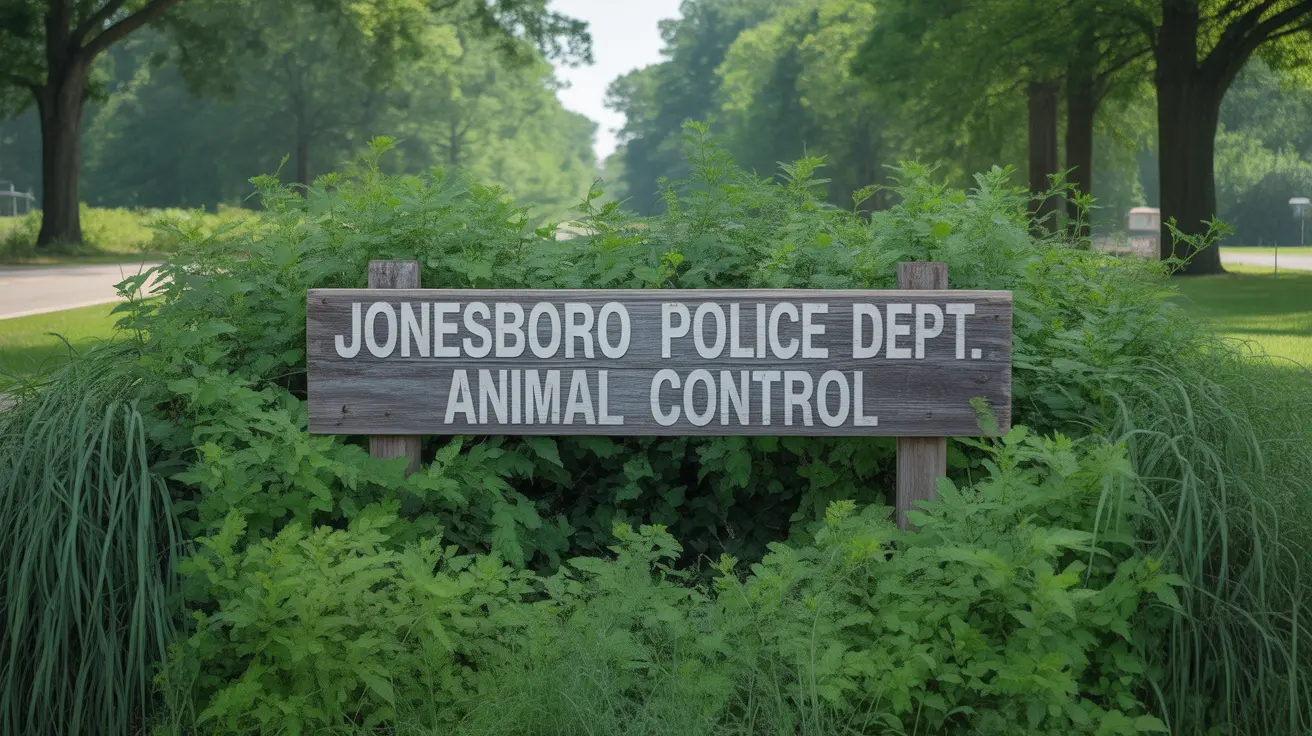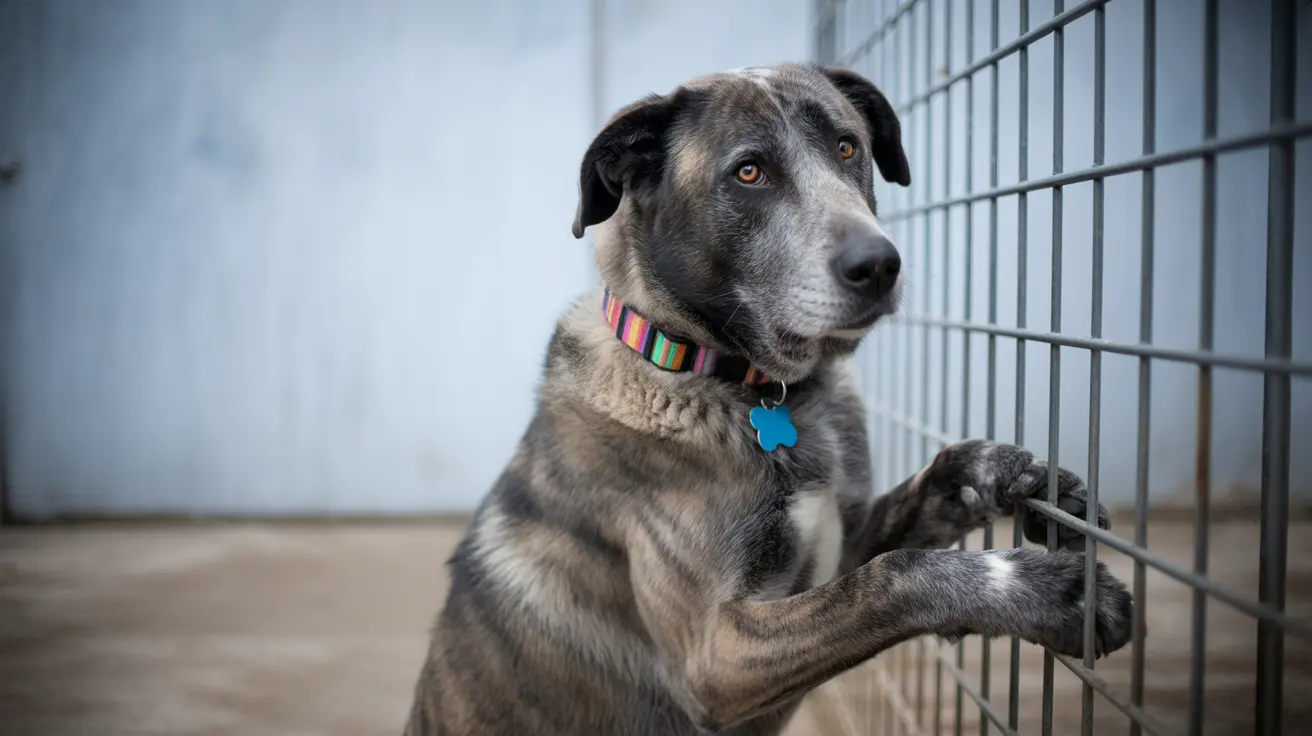Essential Things You Should Not Do After Spaying Your Dog
Spaying your dog is a common and generally safe surgical procedure that offers numerous health and behavioral benefits. However, appropriate post-operative care is vital to ensure your dog recovers smoothly and avoids complications. Knowing what not to do after spaying can be just as important as understanding the positive steps to take.
Why Post-Surgical Care Matters
Following a spay surgery, your dog will need special care, especially during the first two weeks. This is a critical healing period. Mistakes or oversights during this time can lead to infections, torn stitches, or other serious complications.
Top Things to Avoid After Spaying
- No Running or Jumping: Active movements like running, jumping, and playing roughly can strain the surgical site, leading to swelling, internal bleeding, or the opening of the incision.
- Do Not Allow Licking or Chewing: Dogs naturally try to lick their wounds, which introduces bacteria and may cause infection or delay healing. Use an Elizabethan collar (cone) or alternative protective garment to prevent access to the area.
- Avoid Getting the Incision Wet: Water can compromise the surgical site. Refrain from bathing your dog or allowing her to swim for at least 14 days.
- No Dirty Environments: Keep the incision clean and free from exposure to dirt, mud, or other contaminants. Avoid outdoor play where the wound could be dirtied.
- Don’t Skip Incision Checks: Examine the incision one to two times per day to monitor for signs of swelling, discharge, or infection. Ignoring the wound may delay prompt treatment if issues arise.
- Don’t Give Human Medications: Only administer medications prescribed by your veterinarian. Human pain relievers can be toxic to dogs.
- Avoid Feeding New Foods: Stick to your dog’s regular diet unless otherwise directed. Dietary changes can cause digestive upset during recovery.
- Do Not Skip Follow-up Appointments: Scheduled post-operative veterinary visits are necessary to ensure healing is progressing properly and to remove any non-dissolvable sutures.
Monitoring for Complications
Signs of minor swelling, redness, or slight discharge can be normal. However, you should contact your veterinarian if you notice:
- Significant or persistent swelling
- Oozing, foul-smelling discharge
- Excess pain, lethargy, or vomiting lasting over 48 hours
- An open incision or missing sutures
- Odor, heat, or pus at the wound site
Supporting a Successful Recovery
You can proactively support healing by:
- Keeping your dog indoors in a quiet and calm space
- Using barriers or crates to limit movement
- Keeping pets separated to avoid rough interactions
- Following all veterinary instructions exactly
- Using a leash if short walks are necessary
With careful monitoring and a controlled environment, most dogs resume their normal activities after 10 to 14 days. Your veterinarian will confirm when it’s safe to return to usual routines.
The Bottom Line
Spaying offers long-term health advantages, but careless post-surgical behavior can jeopardize recovery. Always prioritize rest, cleanliness, and prevention. By avoiding the wrong actions, you're giving your dog the best chance for a swift, complication-free healing process.





